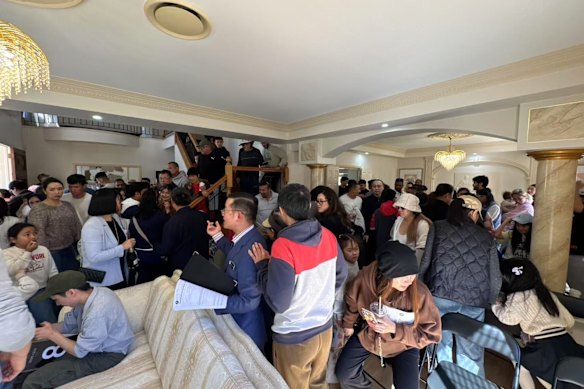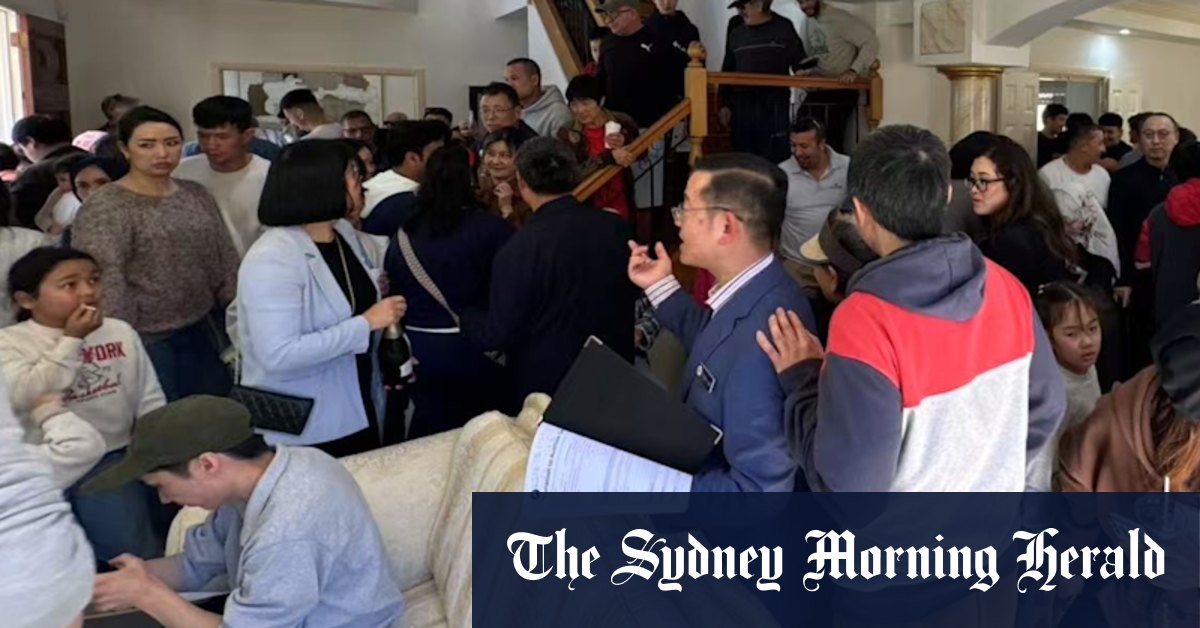Successive generations have been less likely to purchase a home by their 30s and less likely to catch up on home ownership by mid-life, the figures show. Almost four in five Australians born between 1947 and 1951 owned a home by their early 50s, but this was 7.2 percentage points lower for people born two decades later.
Only 36.1 per cent of those born from 1992 to 1996 owned a home by their late 20s.
Cotality (formerly CoreLogic) head of Australian research Eliza Owen said it was troubling to see cheaper houses grow in value faster than the top end of the market.
“The lower quartile of the market has been outperforming since March of 2024. So for over a year now, the lower end of the housing market has been leading capital gains across Australia,” she said. “The problem we’re seeing is, because of the market conditions … we have wealthier people competing in these ends of the market.
“And for lower-income people, they keep getting pushed further and further out.”
Powell was concerned that the expanded First Home Guarantee — a federal government scheme which allows first home buyers to purchase with a 5 per cent deposit, with some conditions — would accelerate growth at the lower end of the market.
“October 1, the government’s low deposit scheme is coming in. They’re removing income caps, and they’re expanding the number of people. I look at that and all of us know a demand side policy will push up prices at the lower end,” she said.
“It’s going to benefit the first home buyers who first take up the policy, but it will make it harder for the next wave of first home buyers.”
Treasury modelling suggests it will push property prices up by a modest 0.5 per cent over six years. Modelling by Lateral Economics for the Insurance Council of Australia – which represents mortgage insurers and has campaigned against the scheme – found it would push prices up 6.6 per cent in the first year. Housing Minister Clare O’Neil has said the claim was built on wrong assumptions.
Owen said housing affordability could be improved by removing or limiting tax settings which made property investment more lucrative, such as negative gearing or the capital gains tax discount.

Formerly affordable and far-flung suburbs have experienced increased competition as house prices rise. Credit: Place Sunnybank
The Demographics Group director Simon Kuestenmacher said the housing affordability issue was contributing to the disappearance of the middle class.
“The bottom end of the market is very important to think about. We, as Australians, still think of Australian society as a bit of a bell curve … the reality is that the Australian society represents the letter U or the letter J: a shrinking middle, a lot at the bottom and a small top,” he said.
He said building public housing for low-income Australians would help to take the heat out of the market. “You would need to have much, much more dwellings for the people who cannot afford housing… I would look at a national target where a larger share of our properties end up in public hands. Our share of public housing is less than 4 per cent, and it should be 10 per cent.”

